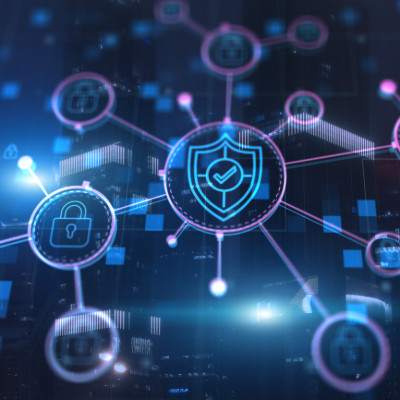Have you ever considered investing in smart technology for your office? We’re talking, of course, about the smart appliances, lights, thermostats, and so on, all of which make your office feel like you stepped into a sci-fi movie. As IT experts, it would be wrong for us to let you implement all these shiny new solutions without considering the security implications.
Our question to you is this: are you willing to leave glaring security weaknesses in your infrastructure for the sake of being considered “high-tech?” We hope the answer is an emphatic “no.”




















